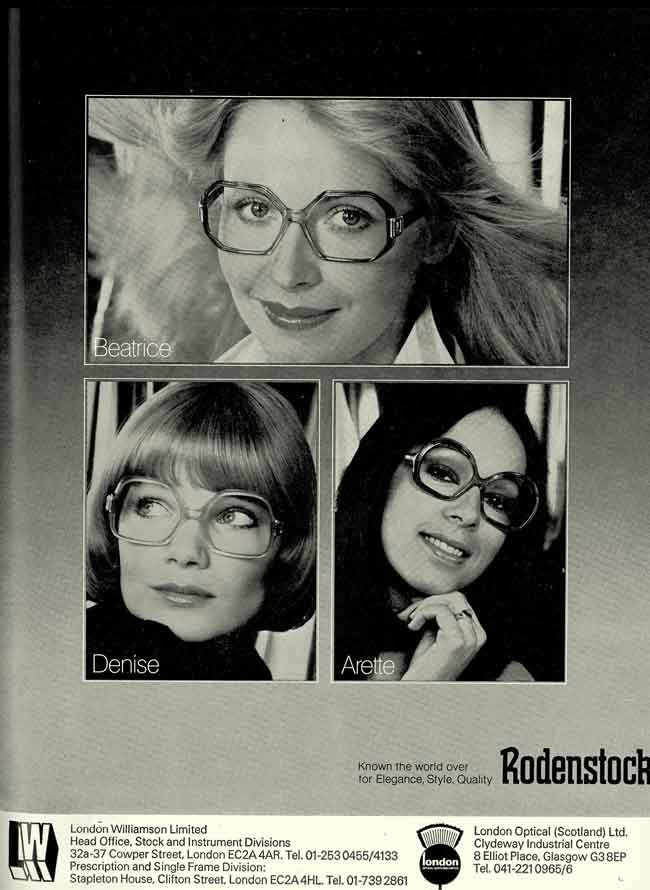Eyewear designers often like to lurk in the shadows. They can work for many different clients and prefer to keep their work close to their chest – very rarely are they at the frontline of the brands they work for.
Sighsten Herrgård, designer for Skaga in the early 1970s was a little different. Referred to simply as, Sighsten, the fashion mogul was one of the most influential designers in the 1960s, working for Bally, Worth and even the United Nations. In his working life, he was perhaps best known for his unisex all-in-one suit and clothing lines.
When he started designing frames for Skaga, he was already acutely aware of the difficulties of finding contemporary eyewear. The prospect of creating frames was exciting for Sighsten, who would be working with them for the first time.
Many of the early designs featured tortoiseshell colours, which Sighsten was particularly fond of. It wasn’t all plain sailing, though. ‘I remember when Skaga first saw my sketches – I could see them thinking: here we have employed this fashionable designer and he turns up with something as old hat as tortoiseshell.’
The use of the colour gave an insight into his design philosophy – not wanting to design something new and elaborate for the sake of it. He favoured sporty elegance with simple, uncluttered lines – akin to the Scandinavian aesthetic that glasses have today. This style wasn’t intentional, he says, but it was hard for the designer not to be influenced by his education.
His frames were designed to appeal to both sexes and were age and background agnostic. Interestingly, he would also forecast fashion trends, colours and make up, so that a picture could be built which frames could fit into. Once designs were on paper, he would discuss the technical aspects with Skaga’s design team. ‘This can often be the most frustrating time for me, learning what is, and what is not possible,’ he said.
Sighsten was also the first celebrity in Sweden to go public about having AIDS, in 1987. He died two years later on November 20.

